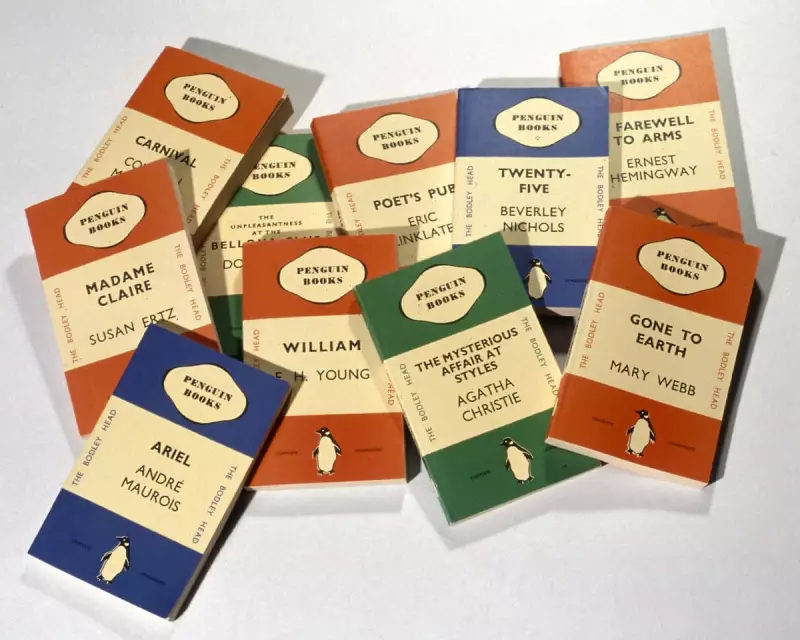
In July 1935, the literary world witnessed a revolution when Penguin Books released its first-ever paperback. This marked the beginning of a new era, making literature accessible and affordable to the masses.
The Birth of the Paperback
Before 1935, books were predominantly expensive hardcovers, limiting access to wealthier readers. Penguin's founder, Allen Lane, envisioned a world where quality literature could be purchased for the price of a packet of cigarettes—just sixpence.
Impact on Reading Culture
The launch of Penguin's paperback series democratised reading. Suddenly, classics and contemporary works were within reach of students, workers, and everyday readers. This innovation not only boosted literacy but also reshaped the publishing industry.
Key Titles in the First Batch
- Ariel by André Maurois
- A Farewell to Arms by Ernest Hemingway
- Poet's Pub by Eric Linklater
These titles set the standard for Penguin's commitment to quality and affordability.
Legacy of the Sixpenny Paperback
Penguin's bold move paved the way for modern publishing. Today, paperbacks dominate bookshelves worldwide, a testament to Lane's vision. The company's iconic orange-and-white design remains synonymous with accessible literature.





